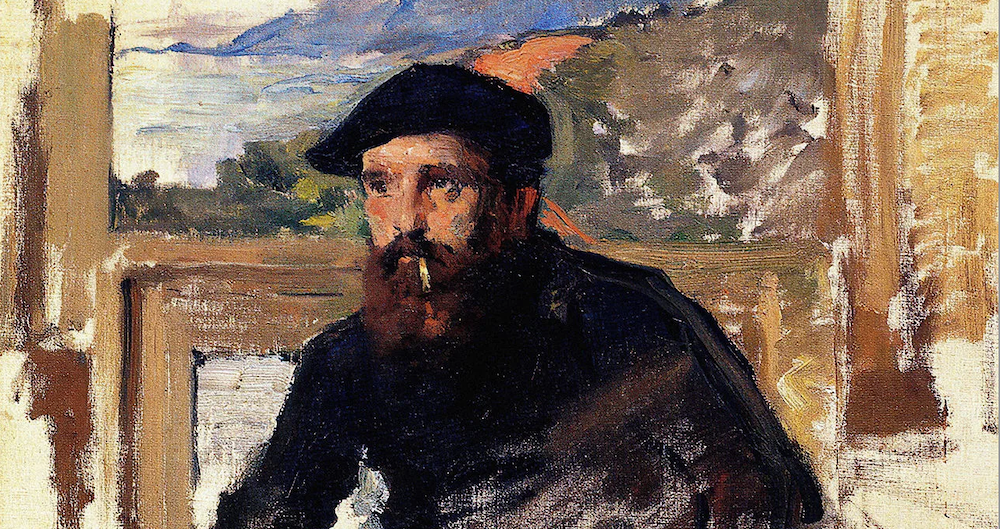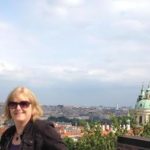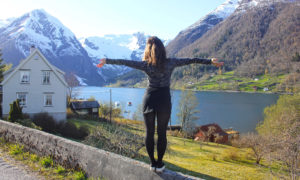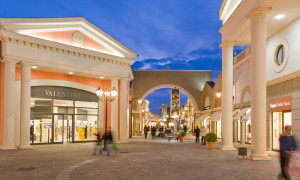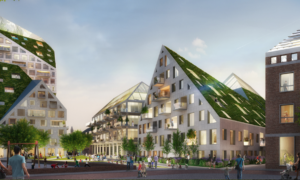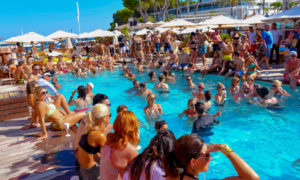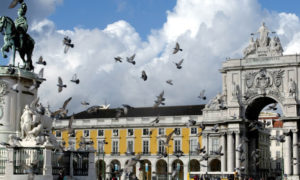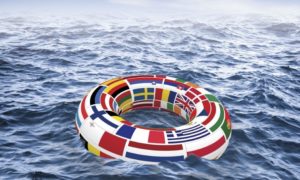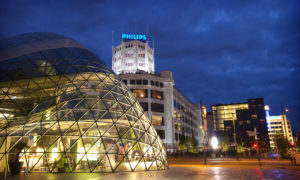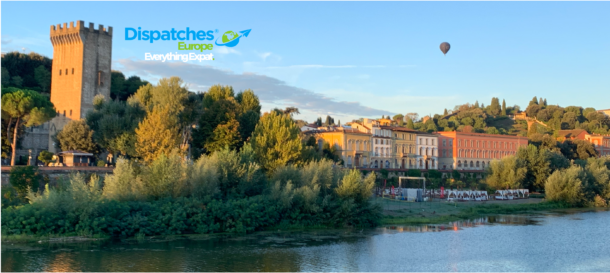(Editor’s note: Twenty twenty-four marks the 150th year of the Impressionist movement, of which Claude Monet was a founding artist. To mark the sesquicentennial, the Musée d’Orsay and other museums are holding special exhibitions. You can see the details here.)
When a week-long meetup with a friend in Normandy fell through, I thought, “how can I spend seven days alone without going crazy?” I knew there was plenty to see in the region of Normandy, and I had checked out tours and other things so I wouldn’t be completely alone.
But the dates were not matching up, and so I was left wondering what to do.
The Monet connection
One interesting fact I discovered during my research was that Monet had spent virtually his entire life in Paris and Normandy (including Rouen, Honfleur and Giverny). Therefore, I thought why not focus the trip on Monet and the other Impressionists, who had spent so much time painting there?
• Rouen was affordable and was where he did his cathedral paintings.
• Honfleur, a fishing village, which my sister highly recommended, is where he learned to do his en plein air (open air) paintings, one of the facets of the art form, with his teacher Eugene Boudin.
• Giverny is where Monet’s house and gardens and lily ponds are.
• And then I would end the trip in Paris, where I had previously seen a cornucopia of Impressionist paintings at the Musée D’Orsay.
Travel plan
I decided on two days each in Rouen, Honfleur, Vernon (outside of Giverny) and one in Paris. That meant I would be traveling every two days by train or bus, and on the non-traveling day, I would go to an Impressionist museum and do some writing about the trip. With so much to look forward to, I was getting excited; subsequently, I also packed some colored pencils and sketch paper.
The night before the journey
Little did I know I would trip and fall and break my right arm the night before my journey to France. As a result, my thoughts of sketching dreamy buildings, sailboats, and fashionable people in the afternoon sunlight were dashed before I left home.
My art supplies and computer were left at home, but at least I could register my thoughts with voice recordings and photos with my camera, which I did.
Rouen
Day One:
After making my way to Paris from Nancy, I took a train from Paris’s Gare St. Lazare, which is on the west side of Paris, straight to Rouen. Rouen is a port city, with an interesting mix of architecture, including some half-timbered houses. It also hosts a yearly armada and is where France’s Heroine Joan of Arc was burned at the stake.
I sipped on some Calvados (apple brandy) in her honor.
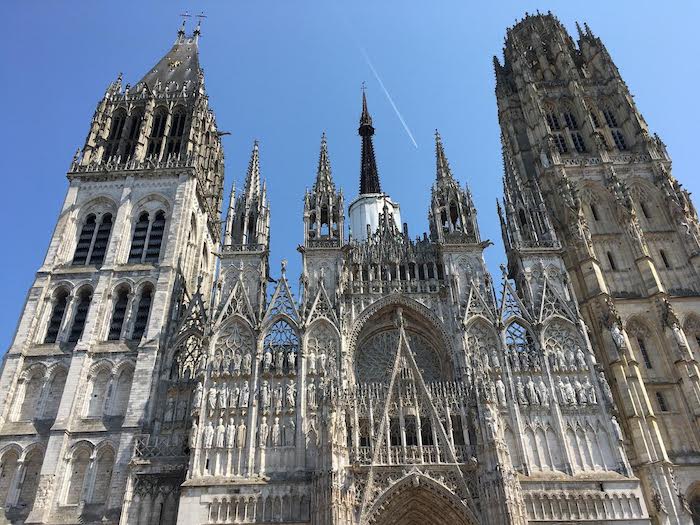
Cathedrale Notre-Dame De Rouen
In Rouen, I wanted to see the Cathedrale Notre-Dame de Rouen (Our Lady of Rouen Cathedral), which Monet had painted so many times in his Cathedral series. The Church was as ornate as it had seemed.
What struck me was that it was impossible to get back far enough from the Cathedral
to snap a complete picture of it.
This was because of all the old buildings in the way. Which is why you never see the entire façade of the church in his paintings – it was impossible even in his era.
I people-watched at a café in the square.
Day Two:
Musee Des Beaux-Arts
I went to the Musee des Beaux-Arts (Museum of Fine Arts) where they house works from the Renaissance to Romanticism as well as those by well-known Impressionists such as Caillebotte, Sisley and Monet, including several of the cathedral.
My hotel room had a little balcony overlooking the Seine where I relaxed, watched boats sailing by, and ate food from one of the markets.
Le Havre and Honfluer
Day Three:
To get to Honfleur, I first took a train to Le Havre, Monet’s hometown, where he painted View of Le Havre, among others, and then hopped on a bus to Honfleur, which has no train station, making it off the beaten path.
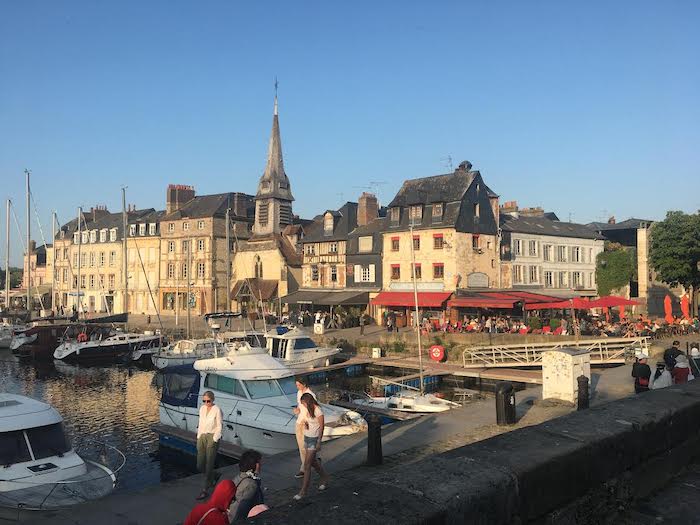
Honfleur
Honfleur is a charming fishing village, with sailboats moored down by the water and cobblestone streets. It is the perfect place to wander around, take a boat ride, enjoy a delicious Norman meal outside, drink a glass of Pommeau (apple wine) or watch the sunset over the little harbor.
It is also where I had the most amazing fish soup.
Here, Monet produced “The Mouth of the Seine at Honfleur,” “The Chapel of Notre-dame de Grace at Honfleur,” “The Beach at Honfleur”, “Hauling a Boat Ashore, Honfleur,” etc. It was very pleasant to see his former haunts and imagine being there in the 1860s when he was there.
Museums: Musee Eugene Boudin and Les Maisons Satie
Day Four:
I went to two museums and toured around the old town. The first was the Musée Eugène Boudin, which
is dedicated to Monet’s teacher, Eugène Boudin. It showcases not only Boudin’s pastels and paintings, but also works by other Impressionists including Dubourg, Dufy, Monet and the artists they inspired, too.
(I got in for free because of being une invalide (an invalid) with my broken arm.)
The second museum was Les Maisons Satie, in complete contrast to the first, dedicated to Erik Satie, the eccentric composer and pianist, who was an ally of the Dadaists and Surrealists.
(You can buy a “Pass’ Musées” pass offering access to three museums: The two mentioned above and the Musées du Vieux Honfleur, which I did not have time to go to.)
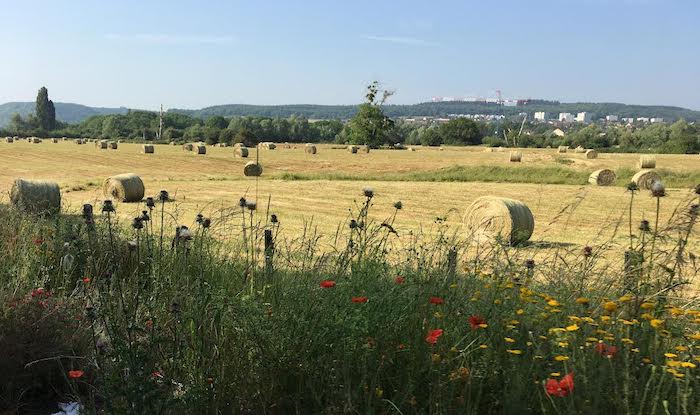
Vernon and Giverny
Day Five:
This was my longest travel day. I took the bus back to Le Havre, then trained in reverse to Rouen, with a final leg to Vernon, just outside of Giverny, where I stayed for two nights. (For a day trip from Paris to Giverny, check out this post.)
Day Six:
You can get to Giverny by cab, car, bike, bus, or tourist train. I took Le Petit Train (the Little Train) ) from
the main train station in Vernon, which toured past 10 different points of interest before we headed off to Giverny.
On the way, with the warm breeze blowing in our faces, I was able to see the modern-day wheat
stacks, which were now tightly rolled bales, as well as the beautiful red poppies sprinkled about the fields that Monet had captured long ago in his series “Les Meules à Giverny” (The Stacks at Giverny).
Monet’s House and Garden
I spent the morning at Monet’s House and Gardens. Seeing his Lily Ponds, the inspiration for his Water Lilies series, was a real treat. It was also fascinating to walk through his flower gardens and tour his house, a time capsule, chock full of paintings, including some by Cezanne, as well as Japanese artwork and decorative crafts.
The Town of Giverny and The Museum of Impressionism
I spent the afternoon in the quaint town of Giverny itself, where I ate a ham and cheese sandwich on baguette outside, and then went to the Giverny Museum of Impressionism to view an exhibit on Children in Impressionist paintings. Groups of schoolchildren were there listening to their teachers talk about the art as well as allowing them to do hands-on projects in a classroom.
Imagine as a youngster seeing an entire collection of portraits by Morisot, Cassatt, Monet, Renoir and others where children are the subject matter.

Paris
Day Seven:
In the morning, I took a quick train from Vernon back to Paris’s Gare St. Lazare. Monet captured Gare St. Lazare in another of his series of oil paintings. I walked around to make sure I had the wonderous station set in my mind. Then I checked in at my hotel, dropped off my bags, and headed off.
It was a hot and dusty day. Paris desperately needed rain. After a long walk from my hotel past the Arc de Triomphe standing majestically in the distance, the Place de la Concorde, and along the Left Bank of the Seine, I had arrived at my museum for the day.
Musée D’Orsay
The first time I was in Paris, not long after completing my university studies where I had the good fortune to take a class on French Impressionism, I went to the Musée d’Orsay.
I liked the museum very much because it was focused on only one type of art, Impressionism.
The paintings were displayed inside an ornate old train station, which has since been renovated. It
was a unique setting and experience, being able to see the work up close after having learned about them through lectures, slides and books.
The current museum, a massive structure, is very well organized with ticket sales outside, and was jam-packed with museum goers and tourists from around the world.
With numerous floors to choose from, I focused on the Impressionists and Post-Impressionists. It was especially magnificent to be surrounded by pictures from the artists I loved, though not the hordes of people, as well as to compare what I had seen on my last seven days with the actual paintings in person.
The art was not disappointing.
The 150th Anniversary of Impressionism
On 15 April 2024, we marked 150 years since the first Impressionist exhibition opened in Paris.
From the museum’s website:
Hungry for independence, Monet, Renoir, Degas, Morisot, Pissarro, Sisley and Cézanne finally decided to free themselves from the rules by holding their own exhibition, outside official channels: impressionism was born. To celebrate this anniversary, Musée d’Orsay is presenting some 130 works and bringing a fresh eye to bear on this key date, regarded as the day that launched the avant-gardes.”
Bon voyage and don’t forget to pack your paints!
––––––––––
Read more about travel here in Dispatches’ archives.
Mary Porcella is a Europhile who has lived in Germany, Norway, Italy, and the U.S. She is a writer, editor, and photographer. She loves seeing new places, returning to old haunts, and meeting up with family and friends. As of today, her travels have taken her to 20 European countries, and she hopes to visit the rest.


